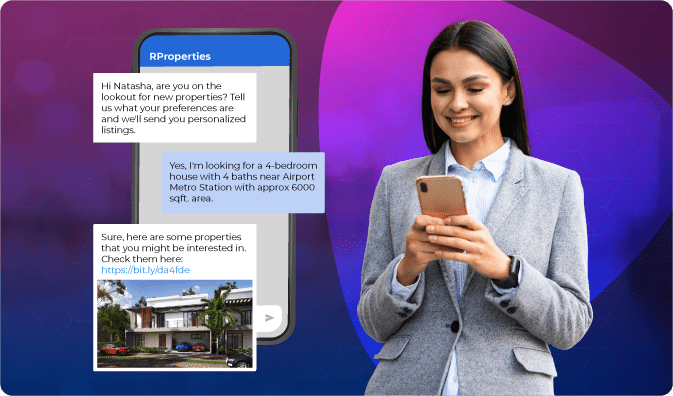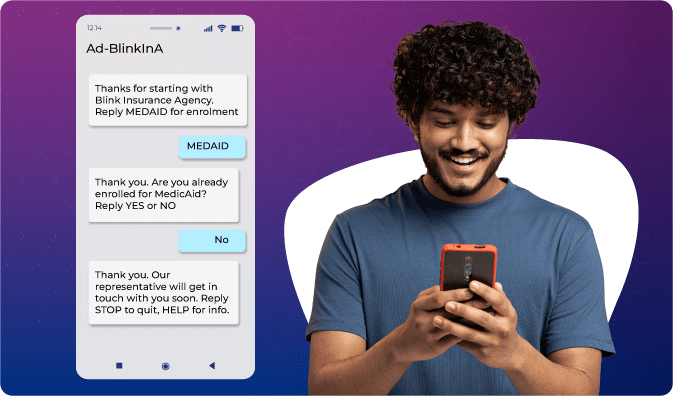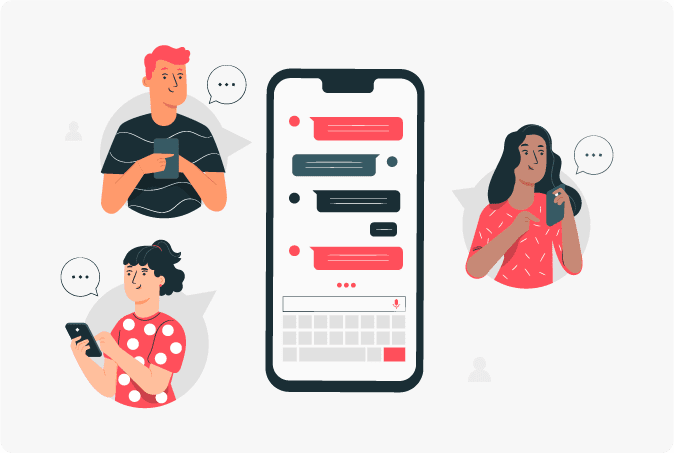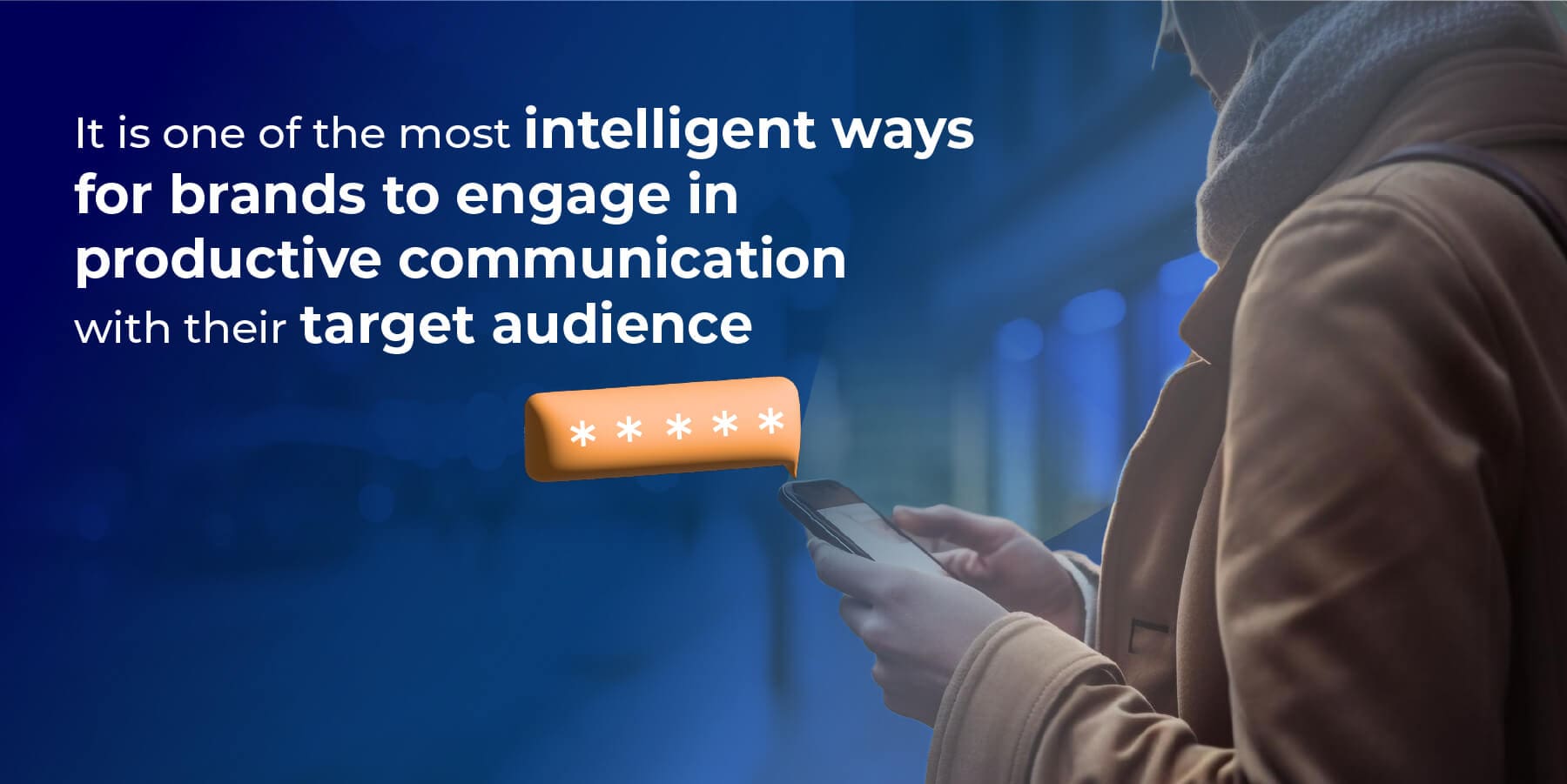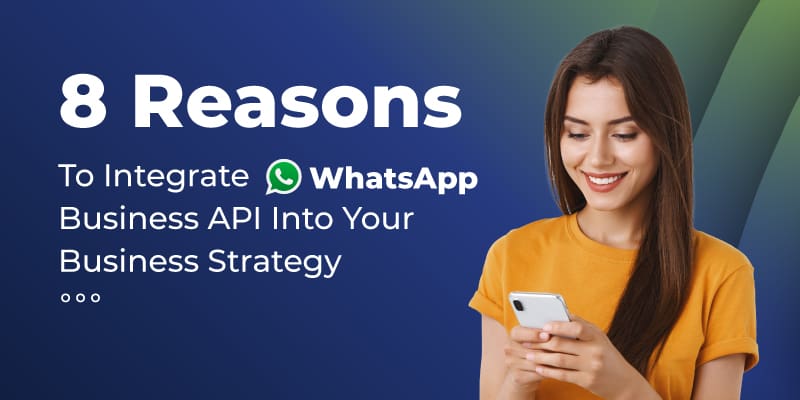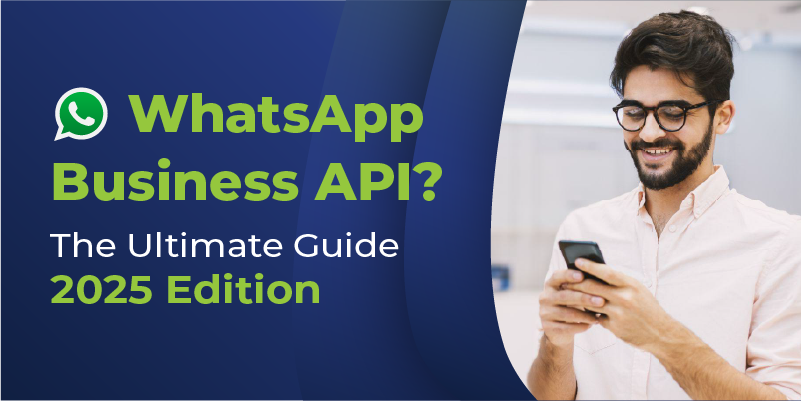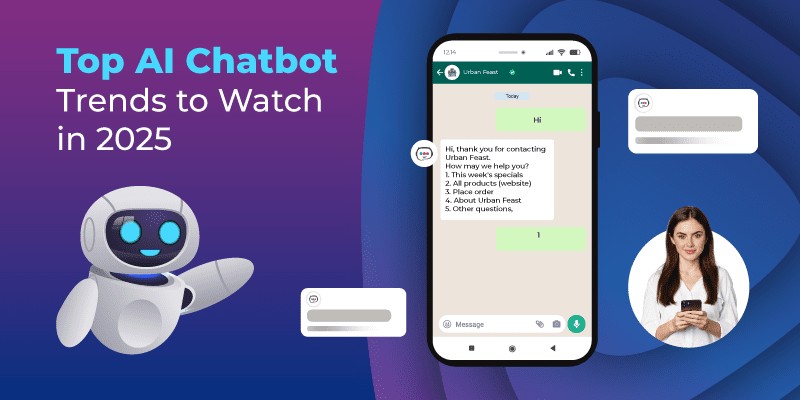Key Highlights
- SMS is delivered to your mobile phone irrespective of a weak network signal or absence of internet.
- It is less intrusive than a phone call and more effective than email communication.
- SMS also has high response and open rate.
Short message service (SMS) is considered as an effective and conventional tool for audience communication. But today it faces the heat from data-driven messaging services as for every SMS you send to any of your contacts, you are being charged by your network operator vis-à-vis mobile-application delivered messages which are almost free.
So what makes a conventional SMS still the tool of choice for marketers and businesses? Firstly, let’s understand how an SMS message is delivered to you. Mobile phones are always sending and receiving information through signals via mobile towers even when your phone isn’t in use. When a message is sent, it first goes through the nearest mobile tower and then the SMS centre (SMSC). The SMSC receives the message and sends it to an appropriate tower closest to the location of the mobile phone and then to the phone itself. SMS formats the message in a way that it is able to travel to and from the tower, and still be received by the mobile phone. It also contains metadata about the message, such as message length, destination, format, and time stamp.
The SMS is delivered to your mobile phone irrespective of a weak network signal or absence of internet. This makes SMS one of the most preferred forms of mobile messaging communication.
Apart from the above, here are a few reasons that make SMS a powerful mobile messaging tool.
Simple and immediate:
Allows you to reach varied demographics simultaneously. It is easy to put in a text format and send the communication almost instantly.
Cost effective:
SMS marketing is an inexpensive method of communication in comparison to traditional marketing. It will help your business by tightening your budget belt.
High response rate:
The high response and open rate makes the SMS service an ideal marketing tool. This feature leverages your message to go across to a larger audience with ease. Studies have shown that SMS has eight times the response rate of an email. With a read rate of 97% within 15 minutes of delivery, one can be assured of the message being read instantly.
Personalisation:
Every customer has a unique taste and preferences. A customised SMS helps deliver personalised experiences based on your users’ interests and choices.
Integration with other channels:
You can integrate social and traditional media with SMS to ensure your communication reaches your target audience. For e.g you can embed a link in your SMS that redirects the user to the desired website or social platform.
Opt-in and Opt-out:
Offers your customers an option to subscribe and unsubscribe promotional messages. This is a classic example of how the use of 2-Way messaging product
Support two-way interactions:
Two-way SMS services use keywords and short codes while sending out messages to customers. In a two-way texting, customers send a keyword to a predetermined short code in order to receive an automated response. Customers prefer genuine communication and this is where two-way SMS helps to strike a meaningful conversation. This has given businesses a simple way to engage with their customers.
Data service redundancy:
You don’t need the internet for sending across SMS to your customer base. This adds to the advantage of creating a seamless connect with your customers.
High penetration in remote locations:
Text messages can even reach customers in remote locations where there is no internet and smartphones.
Analytics:
You can track, monitor, and analyse the performance of SMS campaigns through metadata. Different reports help you understand customer behaviour, ROI achieved from a particular campaign, and open rates.

